5 Best Tips for Socializing Young Alpacas
To socialize young alpacas effectively, start by creating a safe, calm environment with their mothers and herd mates. Build trust through gentle, consistent handling, letting them approach you at their own pace. Encourage group play with supervised outings and introduce new alpacas gradually to prevent stress. Use positive reinforcement during training, starting small and slowly adding challenges. These key steps set your alpacas up for confidence and good behavior, and there’s plenty more to explore on how to enrich their social skills.
Key Takeaways
- Keep young alpacas with their mothers and herd mates to build strong social bonds and reduce stress.
- Introduce new alpacas gradually and supervise interactions to maintain herd harmony and prevent aggression.
- Use consistent, gentle handling and positive reinforcement to build trust and ease socialization.
- Facilitate supervised group outings with toys or obstacles to encourage play and peer interaction.
- Observe alpaca body language closely to respond appropriately and foster positive social experiences.
Creating a Safe and Comfortable Environment
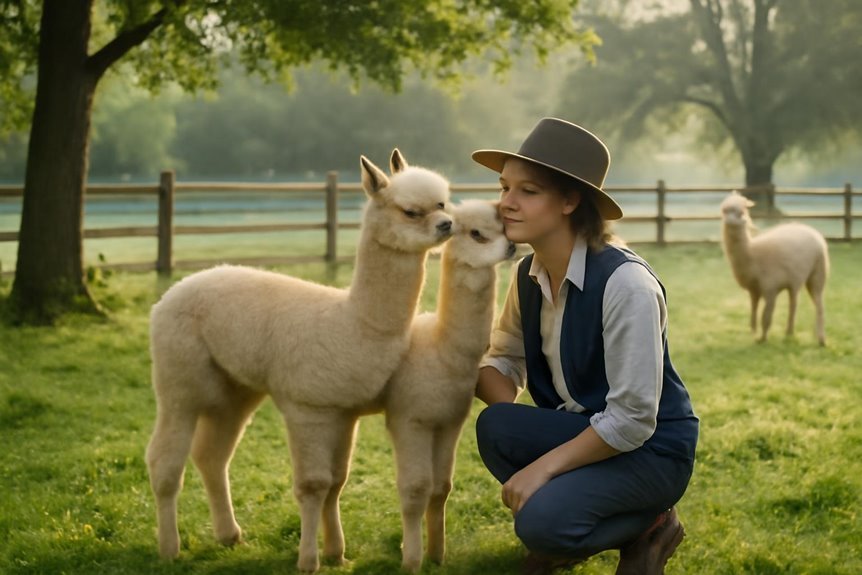
When you’re socializing young alpacas, it’s important to keep them with their mothers and herd mates to build strong bonds and reduce anxiety. As an alpaca farmer, creating a safe, spacious pen free of obstacles is key to minimizing stress and preventing injuries during social interactions. Gradually introducing new alpacas to the herd in a controlled way helps avoid overwhelming the youngsters and supports smoother integration. During routine care and group outings, supervising interactions lets you monitor behavior and maintain healthy social dynamics, reducing conflicts or aggression. Keeping a calm, gentle demeanor throughout all interactions guarantees positive experiences, enhancing the young alpacas’ comfort and trust with both their herd and humans. This safe, comfortable environment lays a solid foundation for successful socialization.
Building Trust Through Positive Interaction
Creating a safe and comfortable environment sets the stage for building trust through positive interaction with young alpacas. When raising alpacas, early interaction is key to reducing their fear and anxiety. You’ll want to use consistent, gentle handling starting around 5-6 months old, so they begin associating humans with positive experiences. Gradually allowing them to approach you helps foster a sense of safety and strengthens your bond. Paying attention to alpaca behavior during calm, regular interactions lets you better understand their body language and facial expressions, improving communication. By focusing on these positive, patient methods, you’ll build trust effectively, making future handling and training smoother for both you and your young alpacas.
Encouraging Group Socialization and Play
Although young alpacas need individual attention, encouraging group socialization is essential for their development. Since alpacas are social animals, facilitating supervised group outings helps them interact with peers and develop crucial social skills. To encourage playful behaviors, provide toys or obstacles that stimulate interaction and bonding within the herd. Introducing young alpacas gradually to the group lets them find their place in the social hierarchy without stress. It’s important to monitor these interactions closely to prevent bullying or aggression, which can cause anxiety and disrupt the group dynamic. Regular training sessions also build trust and camaraderie among the alpacas, enhancing communication and reinforcing positive social behaviors in a safe, structured setting.
Gradual Exposure to New Alpacas and Experiences
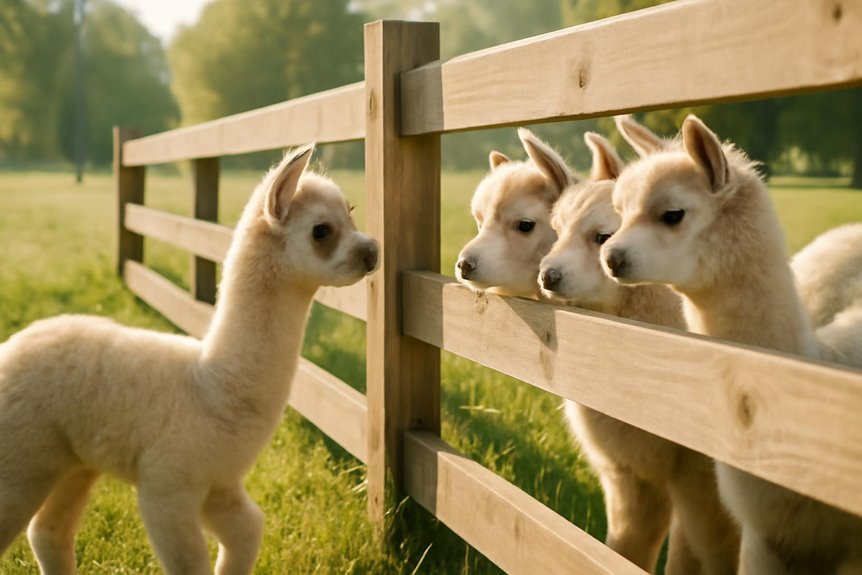
Since young alpacas can get stressed by sudden changes, you’ll want to introduce new alpacas gradually to your herd. This careful approach helps minimize stress and allows each alpaca to adjust to the existing social structure. Keep in mind that close monitoring during introductions is key to preventing aggression and maintaining harmony.
To guarantee smooth integration, consider these steps:
- Arrange supervised group outings to foster socialization and strengthen bonds
- Observe interactions to uphold the herd’s hierarchy and avoid bullying
- Introduce new experiences slowly to help young alpacas build confidence
- Use training sessions to encourage positive behavior and ease adjustments
Consistent Training and Reinforcement Practices
When you start training your young alpacas between 5 and 6 months old, working with small groups of 2-3 helps them learn socially while reducing stress. Make sure to use positive reinforcement like treats and praise to encourage good behavior and build trust. Consistently use verbal commands so your alpacas can associate sounds with actions, improving communication. Gradually introduce halters and lead ropes, ensuring they’re comfortable, and remove equipment after sessions to avoid stress during grazing. Regularly include supervised group outings as part of alpaca training to promote socialization and establish a healthy hierarchy within the herd. By maintaining consistent training and reinforcement practices, you’ll help your young alpacas become well-adjusted members of your herd.
Frequently Asked Questions
How to Make Friends With Alpacas?
To make friends with alpacas, you’ll want to read their body language carefully and approach calmly. Use positive reinforcement like treats and gentle praise to build trust, encouraging them to feel safe and friendly around you.
What Not to Do Around Alpacas?
Don’t be a bull in a china shop with alpaca behavior—avoid sudden moves and harsh commands. Use gentle handling techniques, never touch their heads, and don’t isolate them; patience builds trust and calm social bonds.
How to Introduce New Alpacas?
When introducing alpacas, you’ll want to do it gradually in safe environments, like a neutral space. Keep calm, watch their body language, and use positive reinforcement to ease stress and encourage peaceful interactions.
How to Stop Male Alpacas From Fighting?
Like kings vying for thrones, male alpacas’ fights stem from disrupted social hierarchy. You’ve got to manage alpaca behavior by keeping at least three males together, monitoring closely, and intervening early to maintain peace and order.

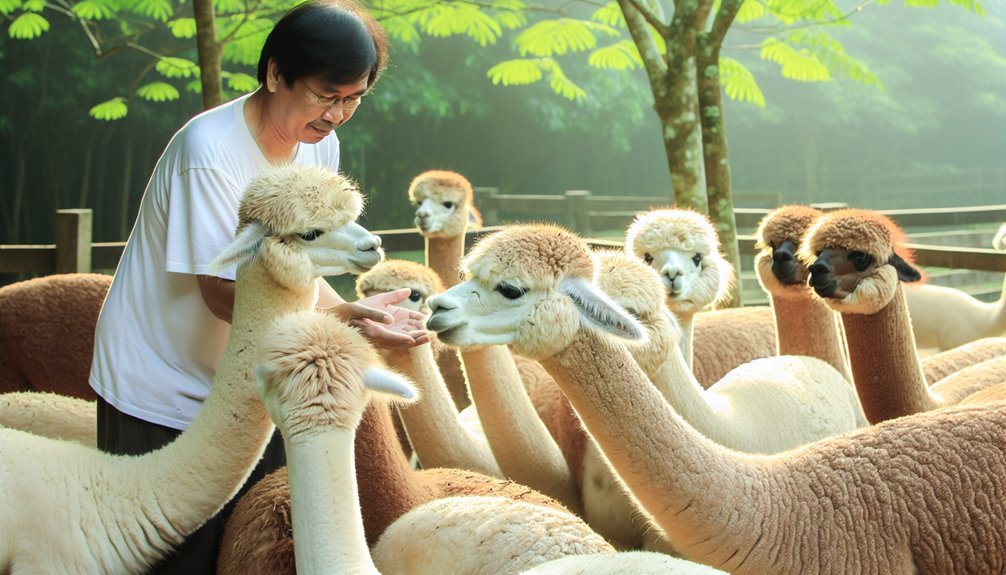




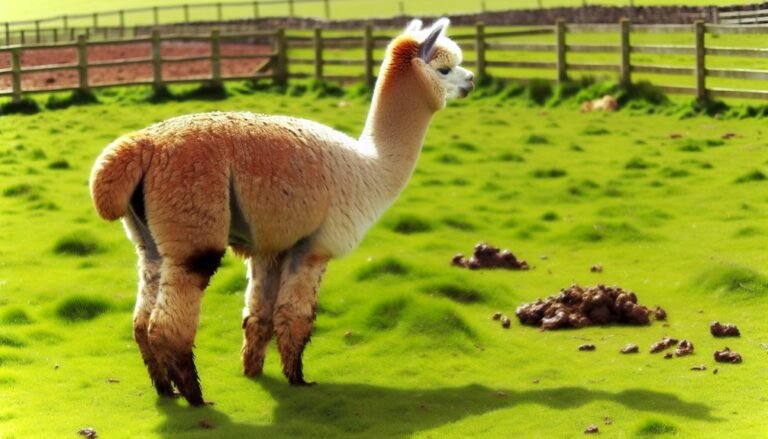
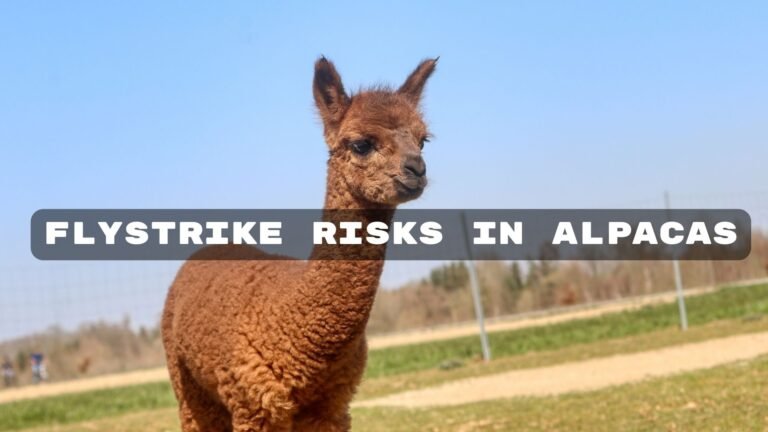
Our picks
Alpaca & Wool Felted Sole Inserts: Comfy Upgrade?
Best Alpaca Socks for Hiking: Ultimate Comfort and Durability on Trails
Best Alpaca Halter for Comfort and Control